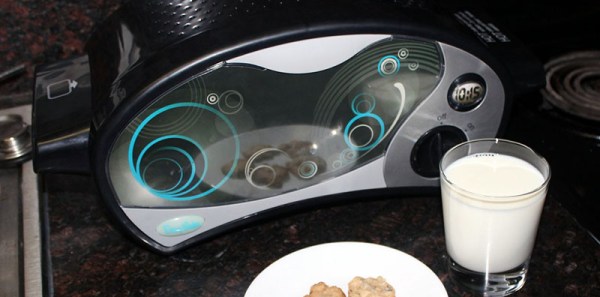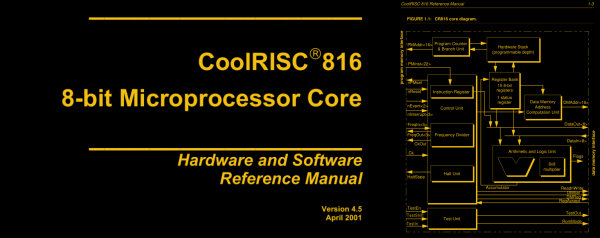[gw0udm] had an ancient monitored alarm system fitted to their home, and decided it was time to upgrade to something a little more modern. They chose a system from Texecom, but when it came time to hook it up to their computer, they were alarmed at the costs – £40 for what amounted to a USB-to-Serial cable! There were other overpriced modules too. But [gw0udm] wanted to upgrade, so it was time to hack the system.
The first step was grabbing a £4 USB-to-Serial board and wiring it up – a simple job for the skilled hacker. As we always say – everything speaks serial. [gw0udm] then set their sights higher – they wanted the Ethernet interface but weren’t about to cough up the coin. After some research, it was determined that a Raspberry Pi could be used with a utility called ser2net with the existing serial interface to do pretty much the same job. It was a simple matter of figuring out the parity and messaging format to get things up and running.
From there, the project moves on to tackling the creation of a GSM module for monitoring in the absence of a local network, and on flashing the firmware of the system itself. It’s great to see a project continually grow and expand the functionality of a product over time.
We see a lot of security systems here at Hackaday – high prices and proprietary hardware tend to inspire the hacker spirit. Check out this reverse engineering of an obsolete 1980s system, resplendent with Eurostile font.





 display that had decent resolution and 16 levels of grey. But would 16 levels be sufficient to produce an animation that’s pleasing to the eye?
display that had decent resolution and 16 levels of grey. But would 16 levels be sufficient to produce an animation that’s pleasing to the eye?













